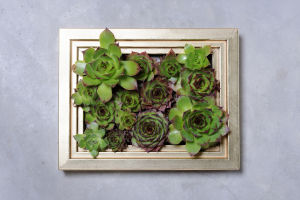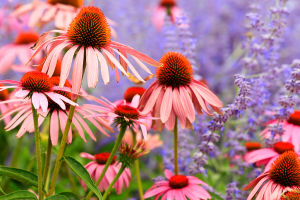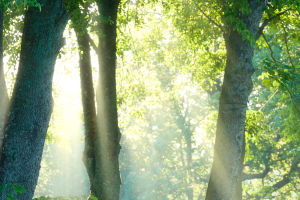Soil Secrets
Have you ever wondered why some plants thrive in your garden while others struggle despite your care? The answer often lies beneath your feet—in the soil.
Understanding your garden's soil is the key to selecting the right plants that will flourish effortlessly. Instead of randomly planting and hoping for the best, knowing your soil's characteristics can transform your gardening experience.
Understanding Soil Types
Not all soils are created equal. Broadly speaking, soils fall into three main categories: sandy, clay, and loamy. Each type affects water retention, drainage, and nutrient availability differently, which directly impacts plant health.
Sandy soil feels gritty and drains quickly, often leading to dry conditions. Plants that like well-drained roots, such as lavender or rosemary, thrive here.
Clay soil is dense and sticky, holding water for longer but risking poor drainage. This suits plants like daylilies or hostas, which can tolerate moisture.
Loamy soil is a balanced mix, rich in organic material, offering ideal conditions for most plants, including tomatoes and sunflowers.
The key is not just to know the type but to appreciate how it affects your plant choices.
Testing Your Soil for Informed Decisions
Before planting, a simple soil test can reveal pH levels, nutrient content, and texture. Many garden centers offer affordable testing kits, or you can send samples to local extension services.
Why is this important? Soil pH determines nutrient availability. For instance, blueberries need acidic soil, while lavender prefers neutral to slightly alkaline. Choosing plants that match your soil's pH means they'll absorb nutrients efficiently and grow healthier.
Matching Plants to Your Soil's Needs
Once you understand your soil, selecting plants becomes much more strategic. Here's a deeper look into one critical aspect: drainage.
Waterlogged soil can suffocate roots and promote disease, but overly dry soil can stress plants. You can identify drainage by digging a hole and filling it with water. If it drains within a few hours, your soil drains well. If not, it's likely clay-heavy or compacted.
Plants like sedum and coneflowers tolerate dry, well-drained soils, perfect for sandy or rocky gardens. Conversely, astilbe and ferns prefer moist, well-retained soils, thriving in clay or organic-rich loams.
Adjusting Soil to Expand Your Plant Options
Sometimes, your soil won't match the plants you dream of growing. This is where soil amendments come in. Adding organic matter like compost improves texture and nutrient content, especially in sandy soils that lack nutrients. For clay soils, incorporating gypsum or sand can improve drainage and reduce compaction.
But moderation is key. Over-amending can disrupt your soil's natural balance, leading to unexpected problems.
Expert Advice on Soil and Plant Compatibility
Dr. Linda Chalker-Scott, a horticultural scientist, emphasizes the importance of working with your soil, not against it. Her research shows that choosing plants adapted to your soil reduces the need for chemical fertilizers and irrigation, promoting sustainable gardening. This approach saves time, money, and environmental impact.
Rethink Your Garden Strategy
Instead of battling poor soil or forcing plants to survive, start by asking, "What does my soil want to grow?" This shifts your focus from trying to change the soil drastically to making smart plant choices.
Gardening becomes less about guesswork and more about understanding natural harmony—an approach that leads to healthier plants, less maintenance, and greater satisfaction.
Now, I'm curious—have you tested your soil before choosing plants? What surprises did you find, and how did it change your gardening? Sharing these experiences can help everyone make better garden choices and enjoy more thriving green spaces. Your soil holds the secrets; it's time to listen closely and plant wisely.
Contact to : xyjph123@gmail.com
Privacy Agreement
Copyright © boyuanhulian 2020 - 2022. All Right Reserved.
Privacy Agreement
Copyright © boyuanhulian 2020 - 2022. All Right Reserved.


